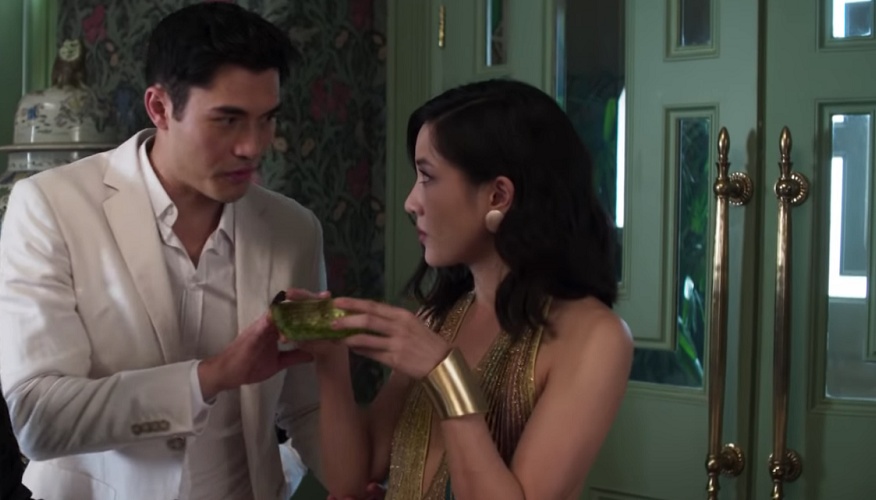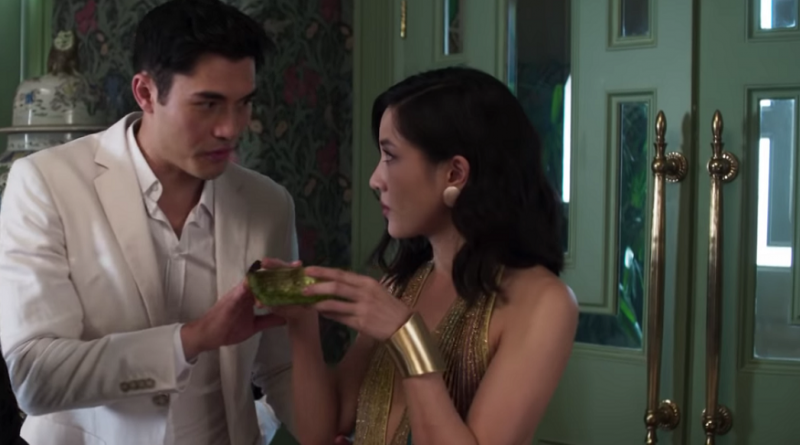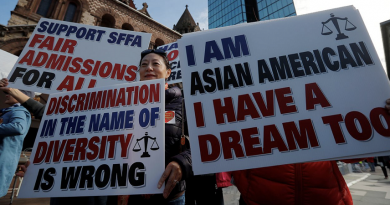Opinion: Why we need more Asian and Asian American representation in Western media
The highly-anticipated Hollywood rom-com “Crazy Rich Asians” has made a remarkable landmark for the Asian American community in entertainment. “Crazy Rich Asians” tells not only myself, but the rest of the world that Asians can be funny, beautiful and loud — overall unapologetically Asian. It’s also the first studio film with an all-Asian cast since “The Joy Luck Club” in 1993.
Both “Crazy Rich Asians” and Constance Wu — star of ABC’s “Fresh Off The Boat” and “CRA” — have scored Golden Globe nominations for 2019. It has made history and also bolsters a wider discussion about the need for Asian representative storytelling and casting in Hollywood.
For years, Asians and Asian Americans have been degraded and neglected in the film and television industry. From yellowface to whitewashing, Hollywood has been known for the misrepresentation and underrepresentation of many cultures and races.
The portrayal of Asian identities in American film and television has been long grounded to specific and tired stereotypes. For instance, the foreigner with broken English, the martial art expert like Jackie Chan, the young fetishized school girl, the submissive masseuse/prostitute and the aromatized tech nerds. It just seems that Asians can’t be ordinary human beings with parents, siblings and friends that lead a normalized life.
As an Asian woman who was born and raised in America, I can say that none of these Asian portrayals depicts a truthful image of an Asian American. In fact, the media gives the impression that I should be ashamed of my ethnicity — that my food stinks, my language sounds weird and my presence is unwanted — not in the media, and certainly not in reality. The media sends the message that I am simply less worthy than my white American counterparts, and that needs to stop.
As much as we may want to dismiss film and TV as just simple entertainment, it undeniably contributes to our cultural landscape and how we understand and view the world we live in.
Starting in 1961, the all-time classic “Breakfast At Tiffany’s” casted Mickey Rooney, a Caucasian man, who put on makeup and a costume to play the role of the Japanese landlord, Mr. Yunioshi. Hollywood could have easily casted an actual Japanese man to play this role but voluntarily did not for what they instead thought would be comic relief. This ultimately resulted in Rooney committing yellowface.
Yellowface is the practice of Asian characters being portrayed by non-Asian actors while wearing makeup to give them the appearance of an Asian person. This act diminishes the already few opportunities for Asian actors to play in roles created for Asians. It also dehumanizes Asians and feeds the idea that we are outsiders and that we just don’t belong.
26 years later, Stanley Kubrick’s “Full Metal Jacket” gave us Papillon Soo Soo, an English-Chinese actress on the silver screen. She played a Vietnamese hooker known for the famous — and awfully racist — “Me so horny, me love you long time” phrase. This toxic portrayal of Asian women in the media ultimately perpetuates the dehumanization and hypersexualization of Asian women as profitable and consumable products that lack autonomy and consent.
However — with the existence of social media — the ability to highlight unhealthy industry behavior has surely pressured Hollywood to step up their game, as it pushes for more people of color and equal representation. In these past few years, we have taken many steps forward in Asian representation on the big screen.
Thanks to 21st century shows like “Fresh Off The Boat,” “Master Of None” and “The Mindy Project,” it goes to show that Asian Americans are climbing up the entertainment industry — and people are willingly interested in seeing Asian characters as fully fleshed-out human beings. We have passion, desires and lives. We can be emotional, political and fallible. We can laugh, cry and swear. We are ordinary human beings.
But despite the new waves of Asian American-led shows, Asians are still underrepresented in the film and television landscape of today.
According to a recent study by a group of California professors and scholars, nearly 70 percent of TV series regulars are white, while 14 percent are Black and about six percent are Latino. So where do Asians place in these results? 4.3 percent to be exact — and that’s including Asian Pacific Islanders.
Recent research also found that Asian Americans are the fastest-growing racial group in the United States — yet in Hollywood, Asians are still fighting for visibility.
I am American — more specifically Vietnamese-American — and I shouldn’t have to look outside of the country that I was born and bred in for representation.





